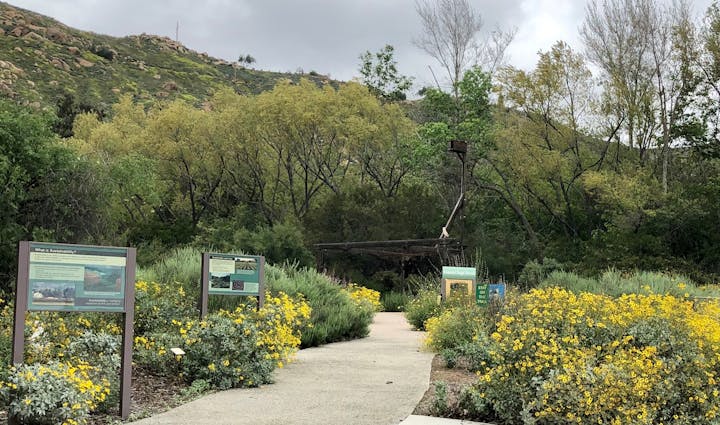Natural Building
Natural Building: A Non-Toxic, Inexpensive, Fire-Resistant, and Seismic-Resistant Method for Sustainable Shelter

Natural building methods have gained increasing attention due to their affordability, sustainability, and resilience. These techniques, using locally sourced materials like clay, straw, and sand, offer non-toxic, fire-resistant, and seismic-resistant alternatives to conventional construction methods. Not only suitable for human housing, natural building is also ideal for creating shelters for animals, workshops, sheds, and even composting toilets.
Students with nonprofit DiHG Eco-Prise are using these methods to create a Community Tool Lending Library at the LandUse Learning Center.
Non-Toxic Materials
One of the most significant benefits of natural building is the use of non-toxic materials. Many conventional construction materials, such as concrete, drywall, and synthetic insulation, emit harmful chemicals that degrade indoor air quality. In contrast, natural building relies on materials like clay, straw, and lime that contain no harmful chemicals. These materials are both safe for humans and animals, making them ideal for creating healthy living spaces.
Natural plasters made from clay or lime provide breathable surfaces that improve indoor air quality and humidity regulation. These materials not only prevent the buildup of toxic fumes but also create a comfortable, healthy environment. For animals, these materials offer safe, non-toxic shelters, ensuring their well-being and health.
Inexpensive Building Methods
Natural building is cost-effective, primarily because the materials used are often locally available. Straw bale, earthbags, and cob are examples of inexpensive materials that require little transportation and can often be sourced from the surrounding environment. For instance, straw, a byproduct of grain farming, is typically abundant and inexpensive. Cob, a mixture of clay, sand, and straw, can be made on-site with minimal equipment and labor.
These low-cost materials can significantly reduce the overall cost of construction compared to conventional building methods, which rely on expensive and energy-intensive materials like concrete and steel. Natural buildings are often more affordable to construct, especially in rural or remote areas where conventional materials are difficult to obtain.
Fire-Resistant Construction
Fire resistance is a critical consideration for any building, especially in fire-prone areas. Natural building materials such as adobe, cob, and straw bale (when properly plastered) offer superior fire resistance compared to conventional materials like wood and drywall. For example, adobe’s high thermal mass helps it absorb heat, slowing the spread of fire. Similarly, straw bale walls, when covered with plaster, form a fire-resistant barrier that can withstand high temperatures.
In animal shelters and composting toilets, these fire-resistant properties are crucial. Structures made with clay, earth, and straw are much safer in case of a fire, providing protection for both humans and animals.
Seismic Resistance
In earthquake-prone regions, seismic resistance is essential. Natural building materials like cob, adobe, and straw bale can provide excellent resistance to seismic activity. These materials are flexible enough to absorb and distribute the forces of an earthquake without collapsing. Cob and adobe, for example, are solid and distribute seismic forces evenly, preventing structural failure.
Straw bale buildings, with their density and strength, also perform well in earthquakes, providing both durability and safety. This makes natural building an ideal choice for creating earthquake-resistant shelters for both people and animals.


